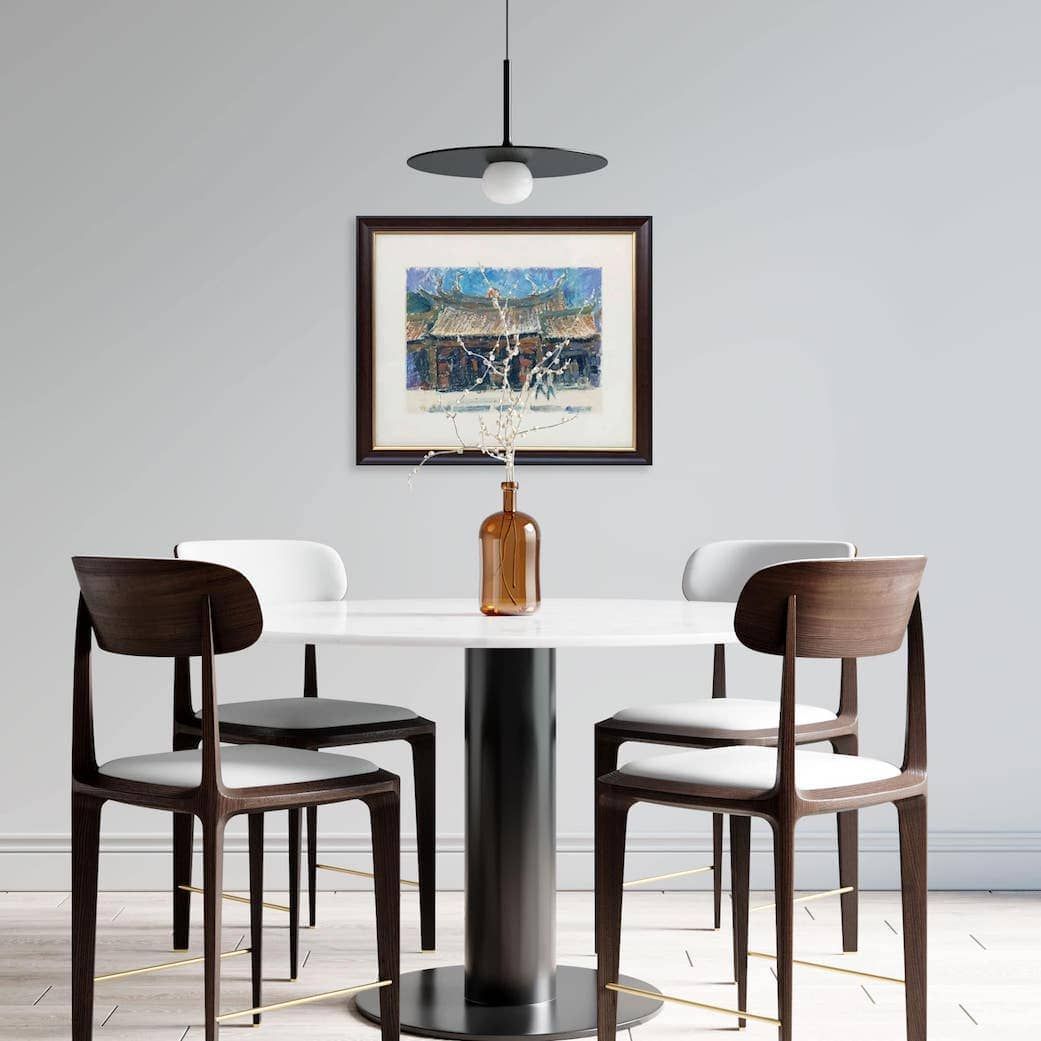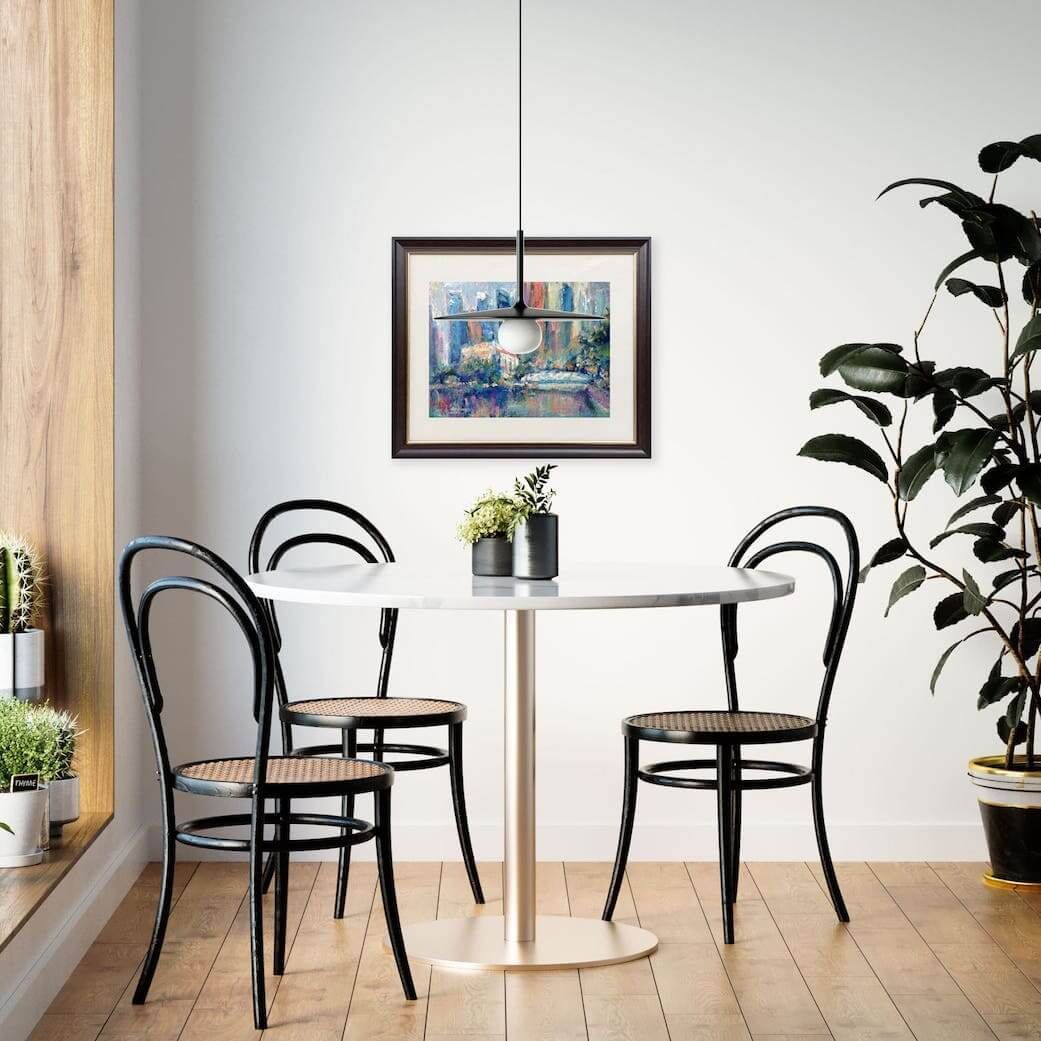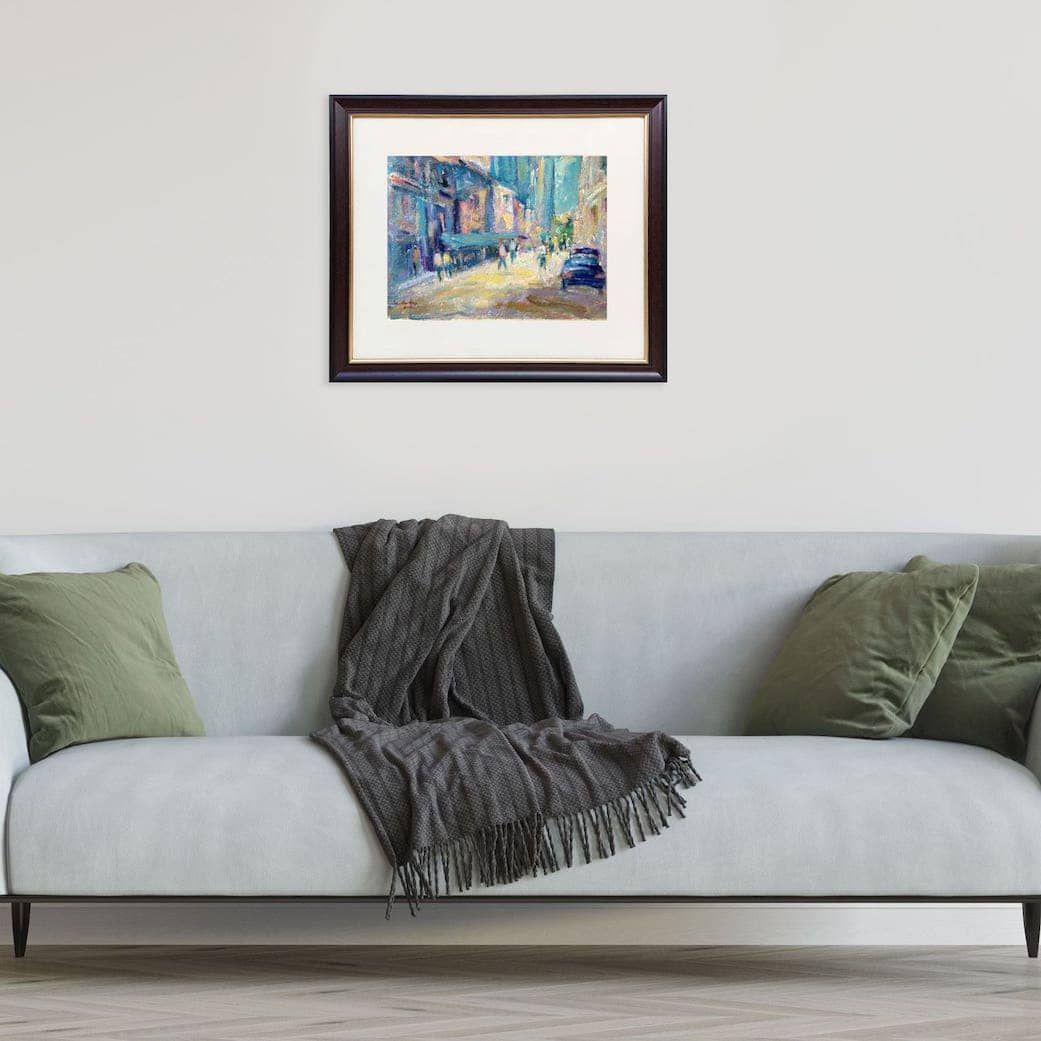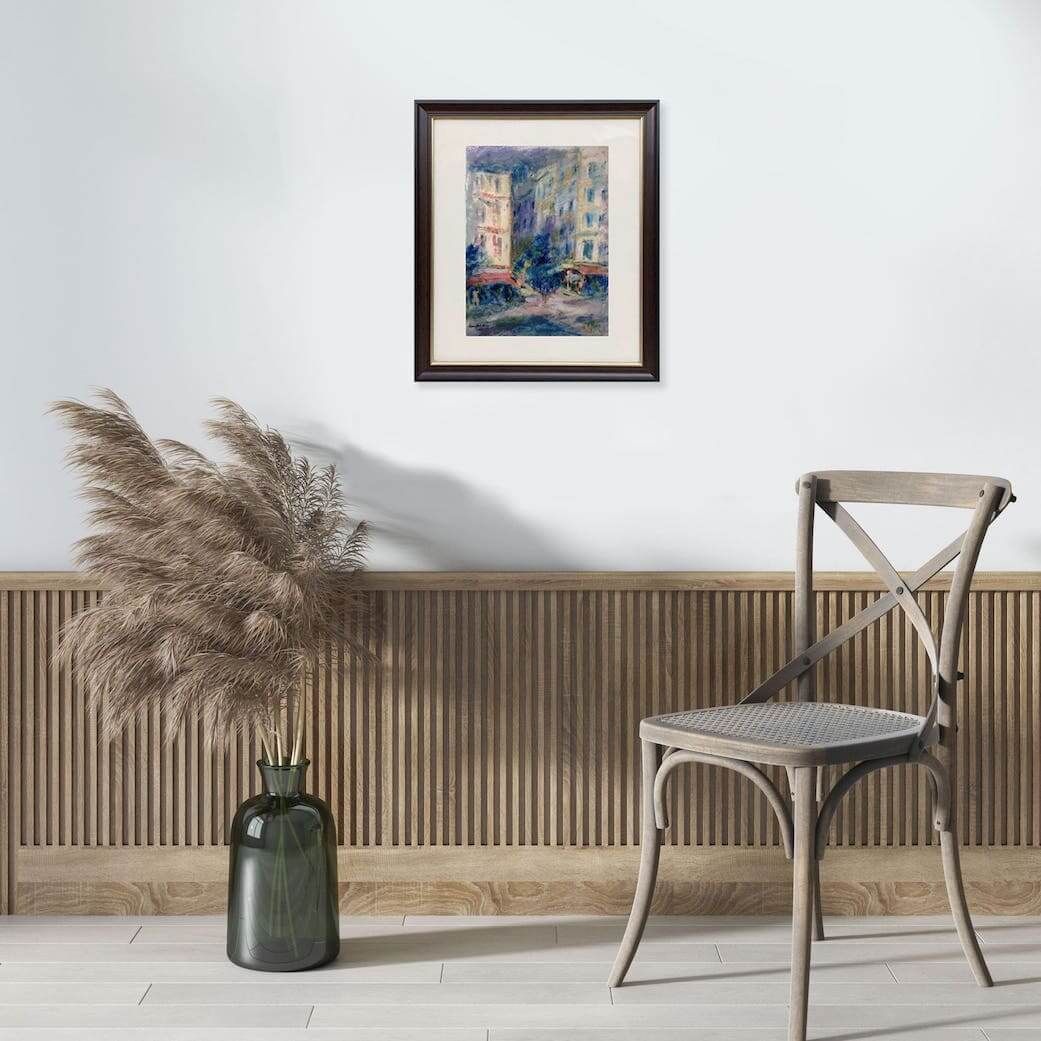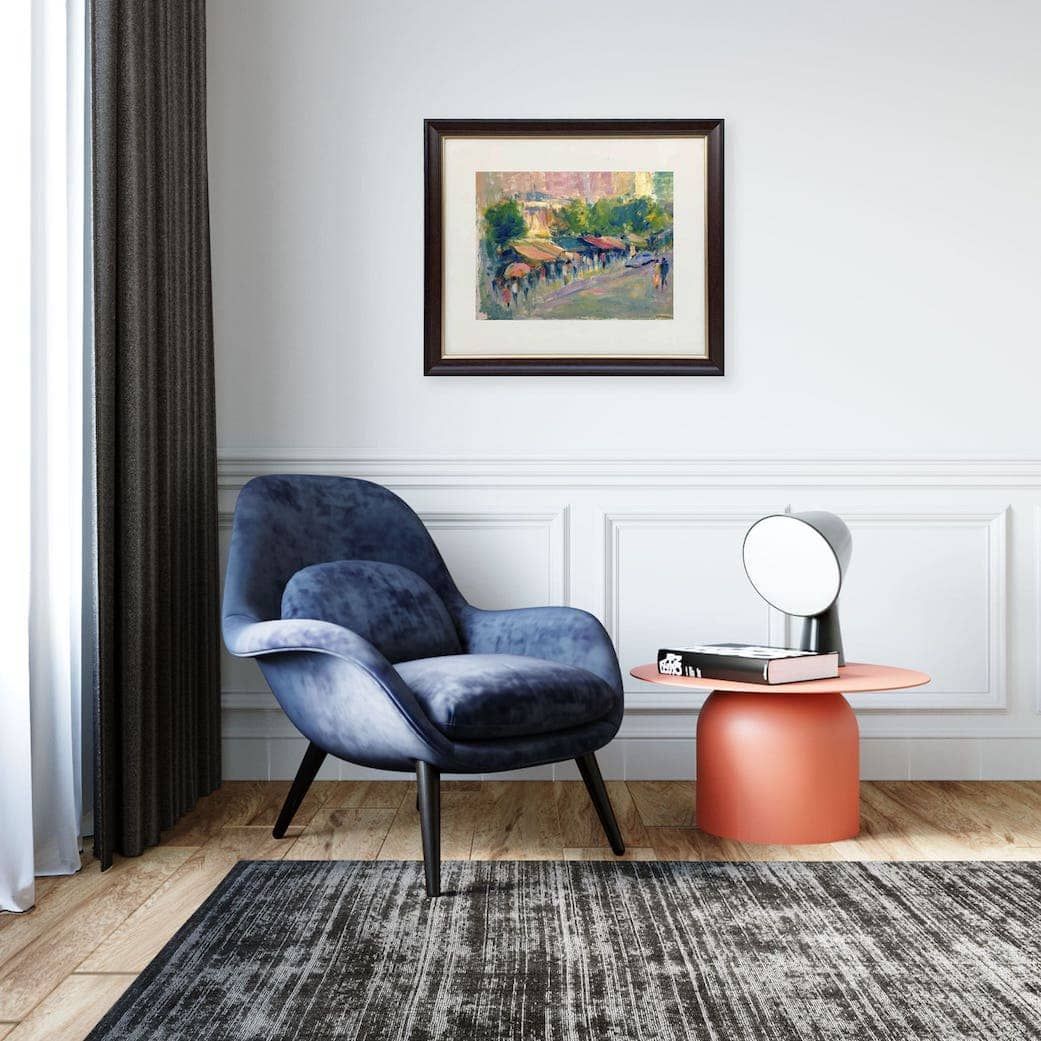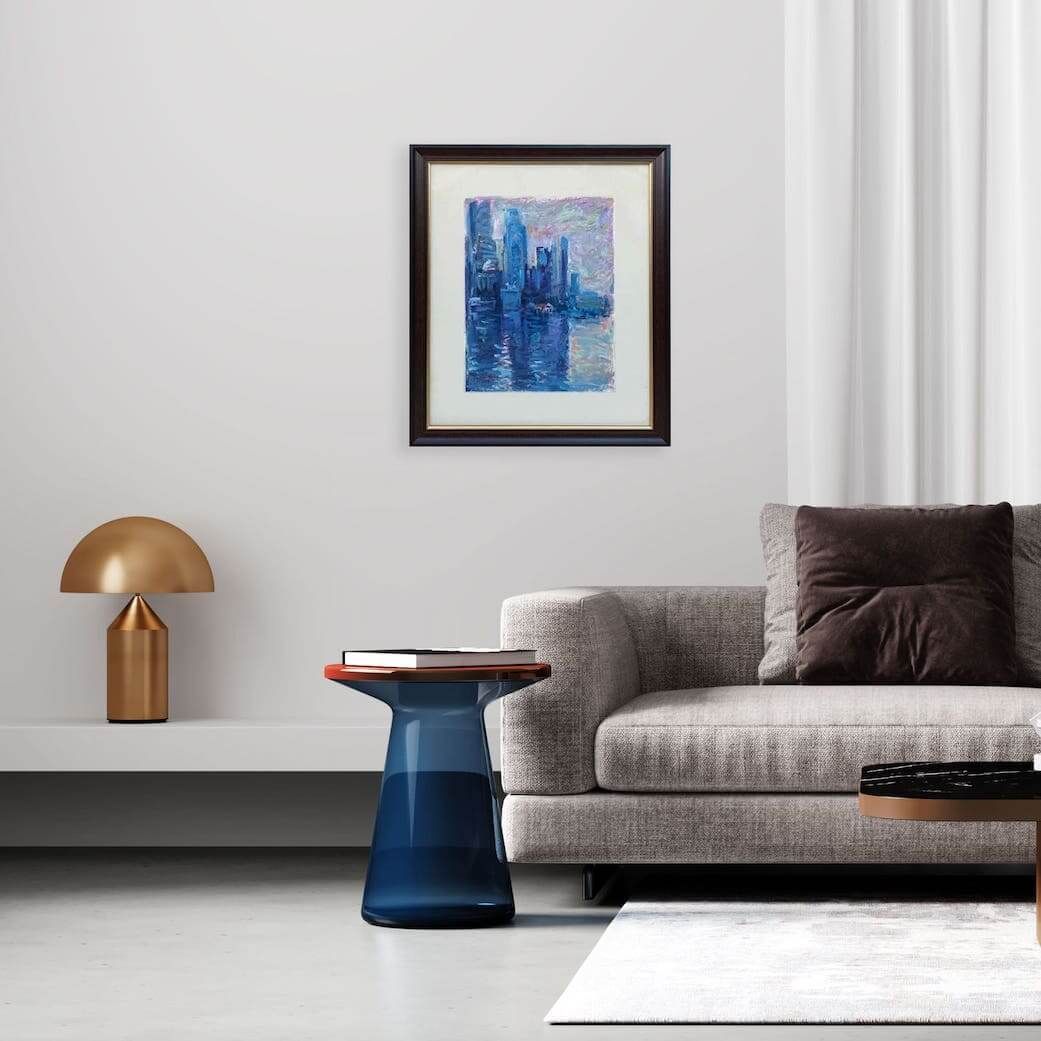How Should I Display My Painting
How Should I Display My Painting?
Displaying your painting is not just about hammering a nail into the wall.
It is about creating an environment where your artwork can truly shine and be appreciated.
Properly displaying a painting does more than showcase its beauty—it helps preserve it for years to come. Here are some key considerations:
Choose the Right Wall
Select a spot where the painting can be appreciated but is safe from environmental harm.
Avoid direct sunlight, which can fade colours, and steer clear of damp areas like bathrooms or kitchens unless you are displaying a medium that can handle humidity. Ideal spots are:
- Living rooms
- Bedrooms
- Hallways with soft lighting
- Offices with climate control
Think about where your painting will be seen most often.
High-traffic areas like living rooms or entryways are great for statement pieces. For more intimate works, a bedroom or study might be perfect.
Hang at Eye Level
Generally, the standard recommendation is to hang art so that the centre of your painting is at eye level for an average viewer for the best visual impact.
This is typically around 145–152 cm (57–60 inches) from the floor.
Of course, this can vary depending on the size of the artwork and the furniture it is displayed above.
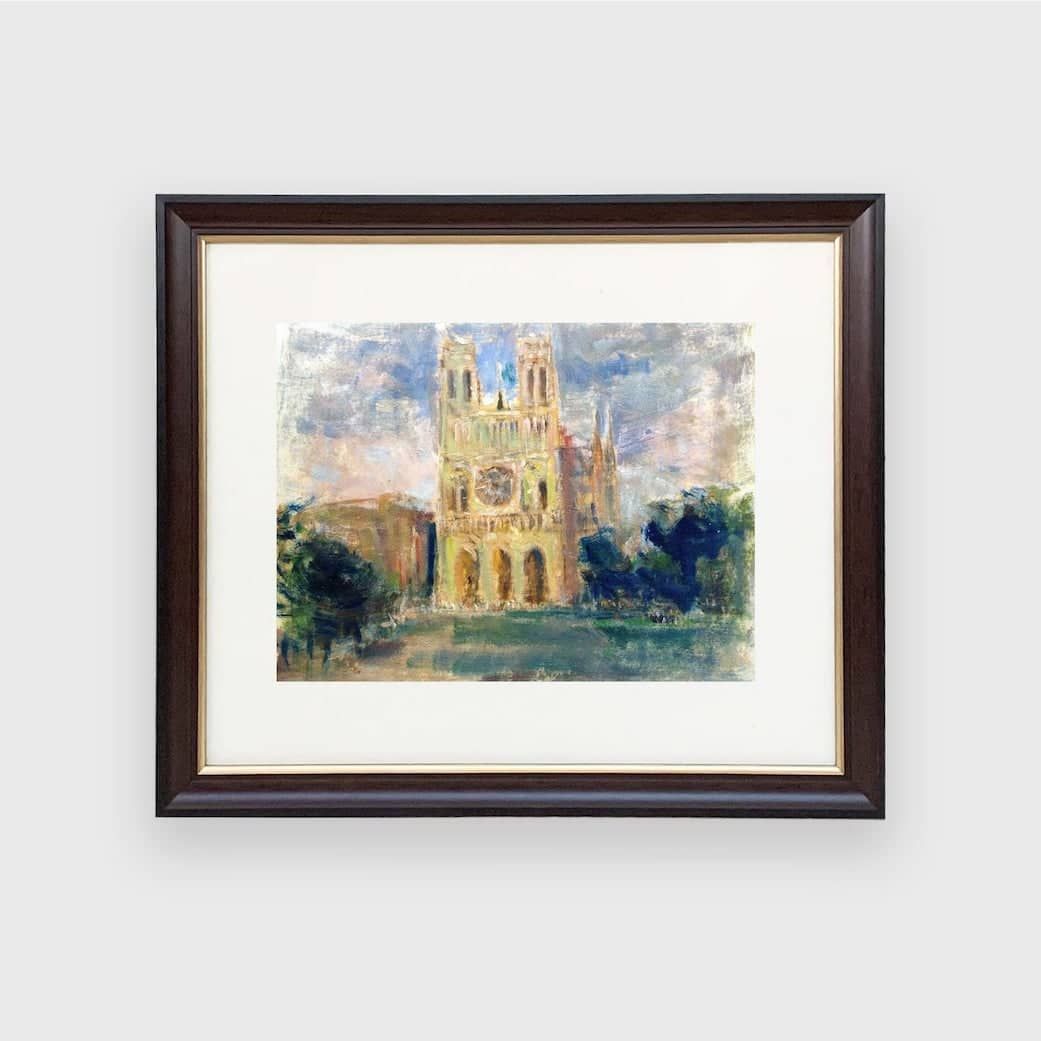
Control Light Exposure
Good lighting can make your painting pop!
Natural light can enhance the colours of your painting, but avoid direct sunlight, as too much exposure can fade it over time.
Use UV-protective glass or acrylic if your painting is behind glass, and consider soft, diffused lighting or adjustable gallery lights that illuminate the artwork without casting harsh shadows.
The angle of the light is important to avoid glare.
Mind the Temperature and Humidity
Art thrives in stable conditions. Ideal humidity is around 40–60%, and temperature should stay between 18–24°C (64–75°F).
Fluctuations can cause paint and canvas to expand and contract, leading to cracking or warping.

Complementing Surroundings
Ensure that the painting complements the room’s decor. Consider the colour palette and style of the surrounding furniture and walls.
A neutral wall colour often works best as it allows the painting to be the focal point.
However, a complementary colour can also enhance the artwork, so do not be afraid to experiment with paint swatches.
If you are hanging multiple pieces, think about how they relate to each other in terms of size, shape, and subject matter.
Create a visual balance that is pleasing to the eye. For a single piece, ensure it is proportional to the wall space it occupies.
A tiny painting on a huge wall can look lost, just as an enormous painting on a small wall can feel overwhelming.
Make sure furniture or other decor is not blocking the view of your painting. You want it to be admired without having to crane your neck.
Use Proper Hanging Hardware
Use sturdy wall hanging hooks or brackets appropriately suited for your painting’s weight and the type of wall.
D-rings and picture wire are often recommended, but heavier pieces may require wall anchors or professional installation.
Consider using museum-quality hanging systems to ensure the piece stays put or a cleat system for added stability. Do not skimp on this!
Framing Matters
Framing adds protection and enhances presentation. Choose a frame that complements the artwork and fits the overall style of the room.
Ensure that the frame is sturdy and suitable for the painting’s medium. Opt for acid-free materials and UV-protective glass if possible.
For canvas-based works, floating frames are popular. Works on paper benefit from archival matting and UV-protective glass.
Ask your framer for advice specific to your artwork’s medium.




